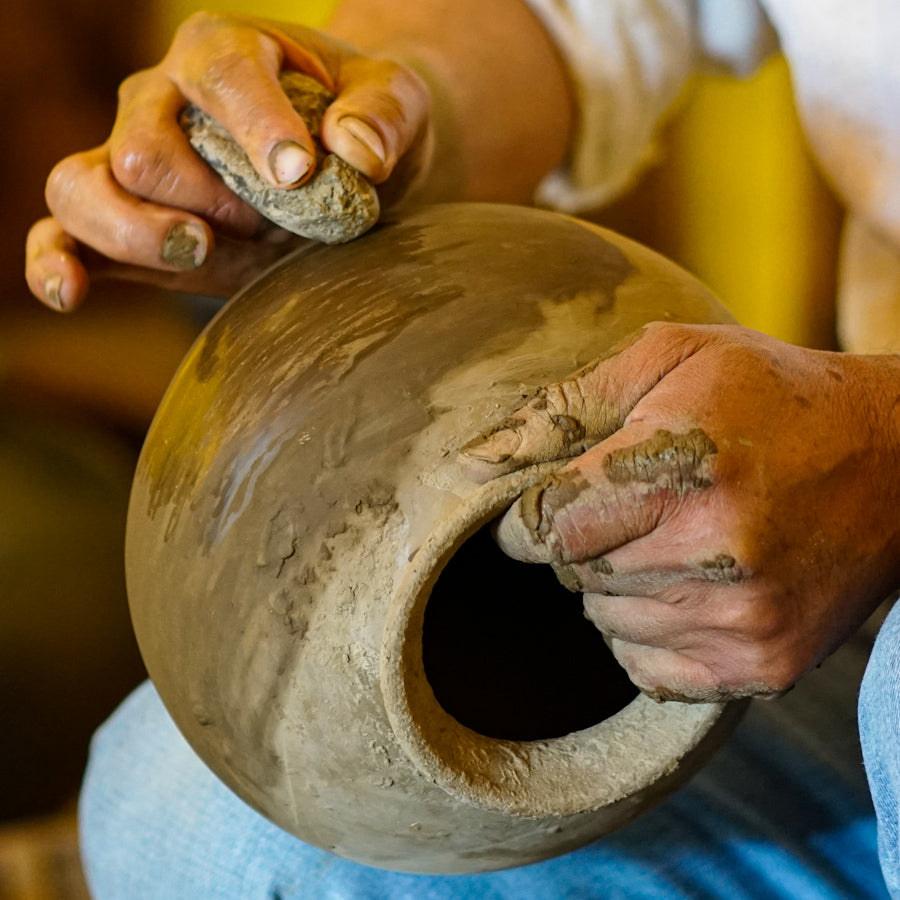
According to the World Fair Organization, fair trade is a commercial relationship, based on dialogue, transparency and respect, which seeks greater equity and contributes to sustainable development.
This store requires javascript to be enabled for some features to work correctly.

According to the World Fair Organization, fair trade is a commercial relationship, based on dialogue, transparency and respect, which seeks greater equity and contributes to sustainable development.